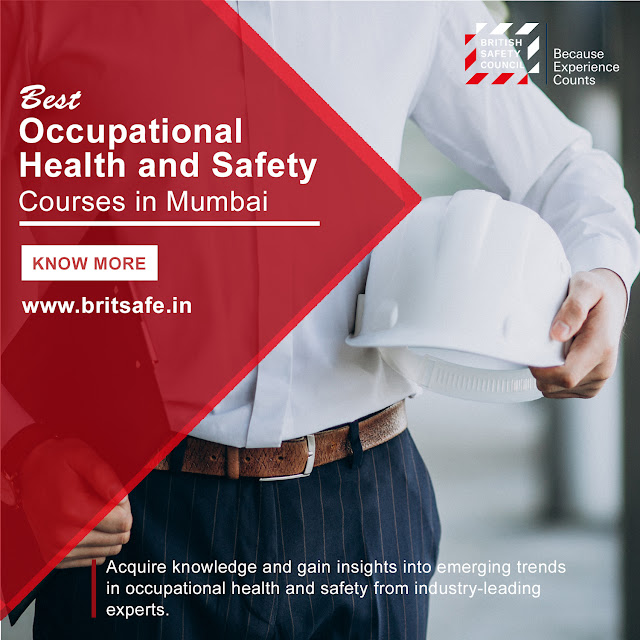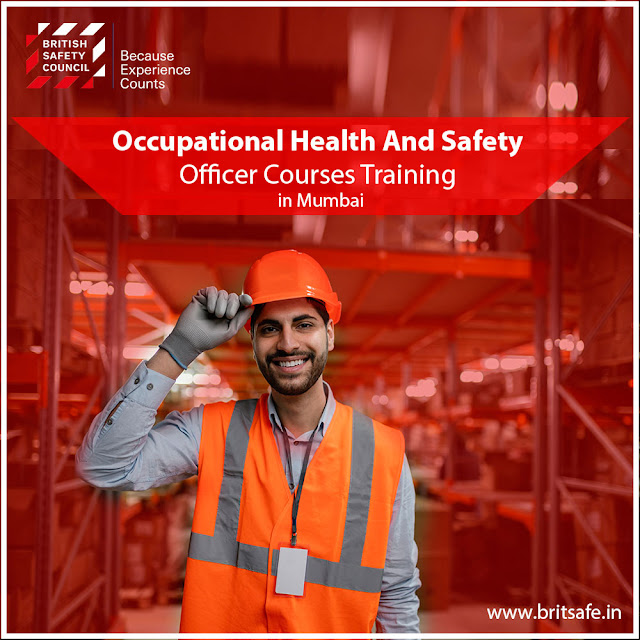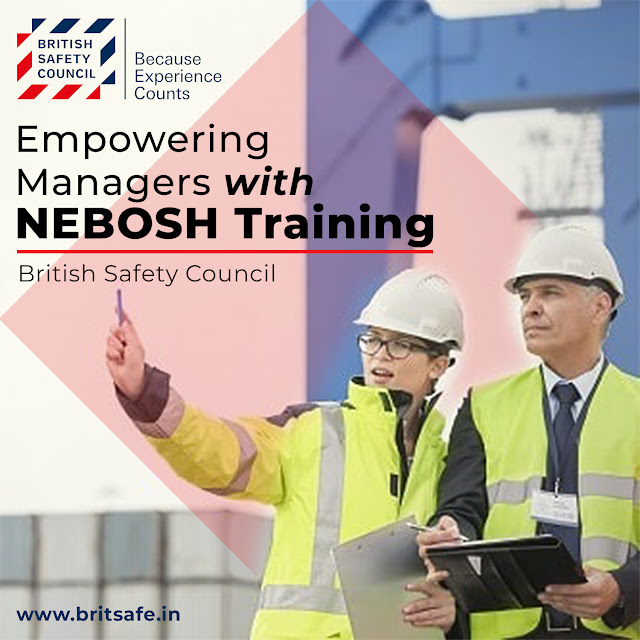Fostering a Safety Culture Behavior in the Workplace
Successful businesses are in part a result of successful workplace culture. According to reports, nearly 46% of job seekers regard company culture as a vital factor while applying to a company. Furthermore, employees are more likely to leave their organisations if they do not find the company culture to be a good fit.
The statistics above give us a fair idea of the importance of workplace culture. However, today, workplace culture not only includes fostering employee health and mental wellbeing. It involves ensuring the overall safety of your employees and workers. In short, it includes ensuring Good Health and Safety. This brings to light the importance of fostering a health and safety culture in the workplace.
Types of workplace hazards
Workplace hazards differ from
company to company. You can define them under the following six broad
categories:
●
Safety
●
Biological
●
Chemical
●
Ergonomic
●
Work Organisation
● Physical
Psychological safety is another factor that plays a vital role in workplace culture.
It is the organisation and the employer’s responsibility to screen the possible hazards in their workplace after considering the type of work, nature of tasks, machinery, and other vital factors. The screening of these potential hazards allows them to chart out relevant safety policies and practices for all the employees and workers to follow.
How can you foster a culture of safety behaviour?
It is not the beauty of a building you should look at; it's the construction of the foundation that will stand the test of time. ~ David Allan Coe
The above quote extends to
workplace policies and practices as well. Your employees will not be able to
adapt to your practices if they do not understand the following:
●
The underlying
meaning of your safety culture training
●
The aim of its
application
● Its impact on the overall work.
The first step toward Safety Culture is educating your employees. You can do this by holding talks, workshops, and seminars. Furthermore, you can also organise online webinars on a routine basis that discuss relevant topics. This particular step is vital because it forms the foundation.
Step 2 is to identify the hazards. It is a blend of routine programs and continuous efforts. Along with routine safety audits by an external party and continuous assessments from an internal safety auditor, you must engage your employees in discussing the possible areas of hazards. You might wonder why? The ones at risk of experiencing the accidents, who perform that hazardous job every day, know the best about the kinds of risks their jobs hold. They know all the possibilities, even the minutest details - something many might miss.
Step 3 is to chart out Health and Safety Culture practices and
train your employees. This can include:
●
Demonstrating mental first aid and physical
first aid practices
●
Having them practise
it with each other
●
Engaging them in
role plays that hypothetically place them in a dangerous situation
● Teach them how to respond.
Step 4 is to evaluate how far the practices and policies have worked. This includes maintaining a feedback cycle, including asking how it has impacted their current working style, the areas of problems that persist, and possible solutions to these issues.
Your organisation’s Safety Culture may also include recognising and acknowledging your
employees and workers who have -
●
Excelled in their
safety practices
●
Contributed to the
firm’s overall wellbeing
● Taken care of others' health and safety.
Recognition can be via tangible
or non-tangible rewards like bonuses, certificates, trophies, and mementoes. It
will motivate employees to continue their existing behaviours and push them to
do better.
To summarise
Fostering a good health and safety culture will aid you in improving your employee's psychological safety. It demonstrates that you care for them and are willing to take the required measures to keep them the same.
Safety culture seems
to have a domino effect on the efficiency of the entire organisation. It will
save you from additional costs which you might have to pay as compensation to
your employees in case of hazards. The British Safety Council India’s behavioural safety consultancy service will help you
achieve just this and gain many more benefits.




Comments
Post a Comment